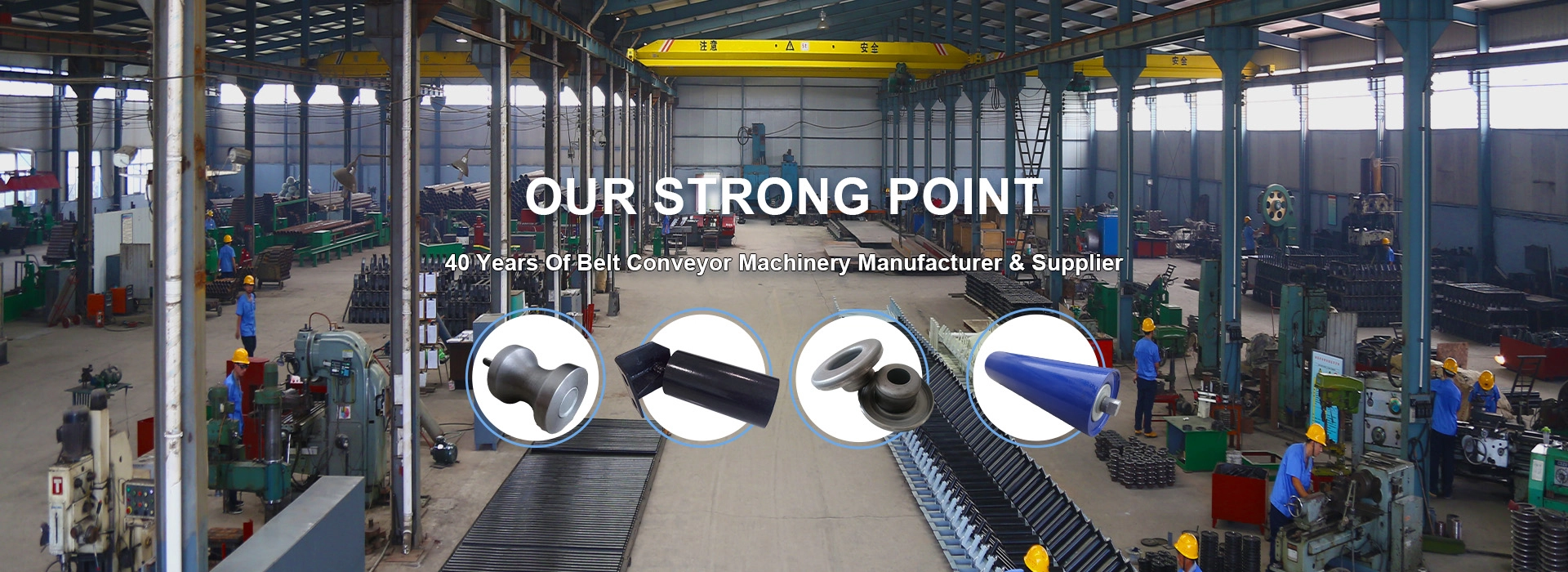 Afrikaans
Afrikaans  Albanian
Albanian  Amharic
Amharic  Arabic
Arabic  Armenian
Armenian  Azerbaijani
Azerbaijani  Basque
Basque  Belarusian
Belarusian  Bengali
Bengali  Bosnian
Bosnian  Bulgarian
Bulgarian  Catalan
Catalan  Cebuano
Cebuano  Corsican
Corsican  Croatian
Croatian  Czech
Czech  Danish
Danish  Dutch
Dutch  English
English  Esperanto
Esperanto  Estonian
Estonian  Finnish
Finnish  French
French  Frisian
Frisian  Galician
Galician  Georgian
Georgian  German
German  Greek
Greek  Gujarati
Gujarati  Haitian Creole
Haitian Creole  hausa
hausa  hawaiian
hawaiian  Hebrew
Hebrew  Hindi
Hindi  Miao
Miao  Hungarian
Hungarian  Icelandic
Icelandic  igbo
igbo  Indonesian
Indonesian  irish
irish  Italian
Italian  Japanese
Japanese  Javanese
Javanese  Kannada
Kannada  kazakh
kazakh  Khmer
Khmer  Rwandese
Rwandese  Korean
Korean  Kurdish
Kurdish  Kyrgyz
Kyrgyz  Lao
Lao  Latin
Latin  Latvian
Latvian  Lithuanian
Lithuanian  Luxembourgish
Luxembourgish  Macedonian
Macedonian  Malgashi
Malgashi  Malay
Malay  Malayalam
Malayalam  Maltese
Maltese  Maori
Maori  Marathi
Marathi  Mongolian
Mongolian  Myanmar
Myanmar  Nepali
Nepali  Norwegian
Norwegian  Norwegian
Norwegian  Occitan
Occitan  Pashto
Pashto  Persian
Persian  Polish
Polish  Portuguese
Portuguese  Punjabi
Punjabi  Romanian
Romanian  Russian
Russian  Samoan
Samoan  Scottish Gaelic
Scottish Gaelic  Serbian
Serbian  Sesotho
Sesotho  Shona
Shona  Sindhi
Sindhi  Sinhala
Sinhala  Slovak
Slovak  Slovenian
Slovenian  Somali
Somali  Spanish
Spanish  Sundanese
Sundanese  Swahili
Swahili  Swedish
Swedish  Tagalog
Tagalog  Tajik
Tajik  Tamil
Tamil  Tatar
Tatar  Telugu
Telugu  Thai
Thai  Turkish
Turkish  Turkmen
Turkmen  Ukrainian
Ukrainian  Urdu
Urdu  Uighur
Uighur  Uzbek
Uzbek  Vietnamese
Vietnamese  Welsh
Welsh  Bantu
Bantu  Yiddish
Yiddish  Yoruba
Yoruba  Zulu
Zulu belt conveyor roller
Understanding Belt Conveyor Rollers A Vital Component in Material Handling
Belt conveyor systems play a crucial role in various industries, facilitating the efficient movement of materials
. At the heart of these systems are belt conveyor rollers, which significantly impact the performance, energy consumption, and longevity of the conveyor.Belt conveyor rollers, often referred to as idlers, are cylindrical components that support the conveyor belt and the load being transported. They are strategically placed along the conveyor’s length to ensure the belt maintains its alignment and functions smoothly. The design of these rollers is vital; they must withstand heavy loads and various environmental conditions, including moisture, dust, and temperature fluctuations.
There are several types of conveyor rollers, each designed for specific applications. The most common types include troughing rollers, return rollers, and impact rollers. Troughing rollers form a “U” shape, making them excellent for carrying bulk materials as they help to contain the load on the belt. Return rollers, as the name suggests, are used on the return side of the conveyor to support the belt as it returns to the loading point. Impact rollers are designed to absorb the shock from materials being loaded onto the conveyor, reducing wear and tear on the belt and extending the system's lifespan.
belt conveyor roller

Selecting the right conveyor roller is crucial for maximizing efficiency and minimizing downtime. Factors such as the type of material being transported, the weight of the load, and the operating environment must all be considered. Additionally, the roller's construction—typically steel, aluminum, or PVC—can greatly influence durability and performance. High-quality coatings or treatments may also be applied to prevent corrosion and enhance longevity.
Regular maintenance of conveyor rollers is essential to ensure optimal performance. This includes regular inspections for wear and damage, lubrication to reduce friction, and replacement of any component that shows signs of failure. Neglecting roller maintenance can lead to increased energy consumption, material spillage, and costly downtime.
In conclusion, belt conveyor rollers are a fundamental component of conveyor systems, impacting their efficiency and effectiveness in material handling. Understanding the different types, proper selection, and maintenance of these rollers can lead to enhanced operational performance and cost savings in the long run. As industries continue to evolve, ongoing innovation in roller design and materials will further drive improvements in conveyor system efficiency.
-
Revolutionizing Conveyor Reliability with Advanced Rubber Lagging PulleysNewsJul.22,2025
-
Powering Precision and Durability with Expert Manufacturers of Conveyor ComponentsNewsJul.22,2025
-
Optimizing Conveyor Systems with Advanced Conveyor AccessoriesNewsJul.22,2025
-
Maximize Conveyor Efficiency with Quality Conveyor Idler PulleysNewsJul.22,2025
-
Future-Proof Your Conveyor System with High-Performance Polyurethane RollerNewsJul.22,2025
-
Driving Efficiency Forward with Quality Idlers and RollersNewsJul.22,2025





























